I've read every article on the first two pages of Google trying to understand DNL and INL. Not a single lesson gave a specific example I could relate to, so now I'm still wildly confused and have no idea how to calculate this value.
I'm thinking about using the MCP3221 ADC. Here are the specs:
My reference voltage will be 5 V, so each step will be 5/4093 = 1.22 mV. It states that there will be no codes missing.
What will the mV tolerance on my readings be? I'm not so interested in how it works, just how to apply it practically. Would you please share any formulas used?
What I saw +/- 1LSB DNL, which I think means +/- 1.22mV variance.
